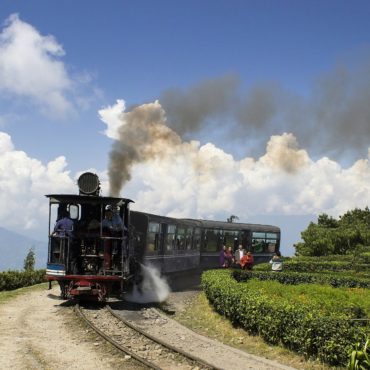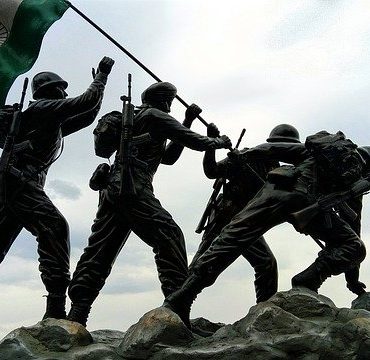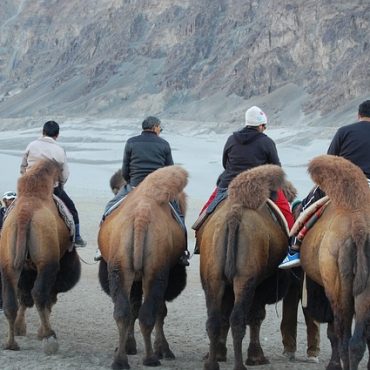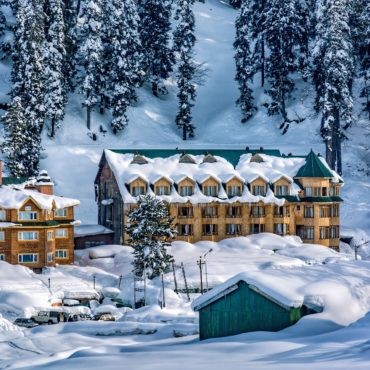Overview
As you sort through Ladakh tour packages, make sure you round up some of its popular monasteries, palaces and the old town in Leh.A proposed Union Territory (at the time of writing), much of Ladakh is over 9800 foot that stretches from the Himalayas into the Kunlun Ranges incorporating the fertile upper Indus River basin. After the contemporary borders were drawn up, the plateau of Ladakh came to be flanked by Tibet to the east, the vale of Jammu and Kashmir to the west, Lahaul and Spiti to the south and the Karakoram Pass of the Himalayas to the far north.Little wonder, Ladakh turned into a landscape of barren, jagged peaks with picturesque gompas (Buddhist monasteries) perched precariously atop them. The prayer flags in primary colours fluttering alongside only make the all white dome-shaped stupas stand out in contrast. When the prayer wheel is rotated clockwise, it churns out chants that mingle with the passing wind and produce a melody that is as calming as it is haunting.
Home to the monks robed in red, the insides of the gompas are a cheery departure from the stark, ochre and grey landscape in which it lies. Done up in a riot of colours with intricate murals and bright, golden-hued Buddhas, Ladakh is a piece of Tibet forgotten in time.
Far from being cash-rich, Ladakh’s economy teaches a thing or two to the more commercial economies of the world. Despite living in rural mud-brick homes, an average Ladakhi is self-reliant for the tsampa or roast barley flour, the dairy (yak’s milk, cream and cheese) and the chhang or the barley beer that he locally produces.



